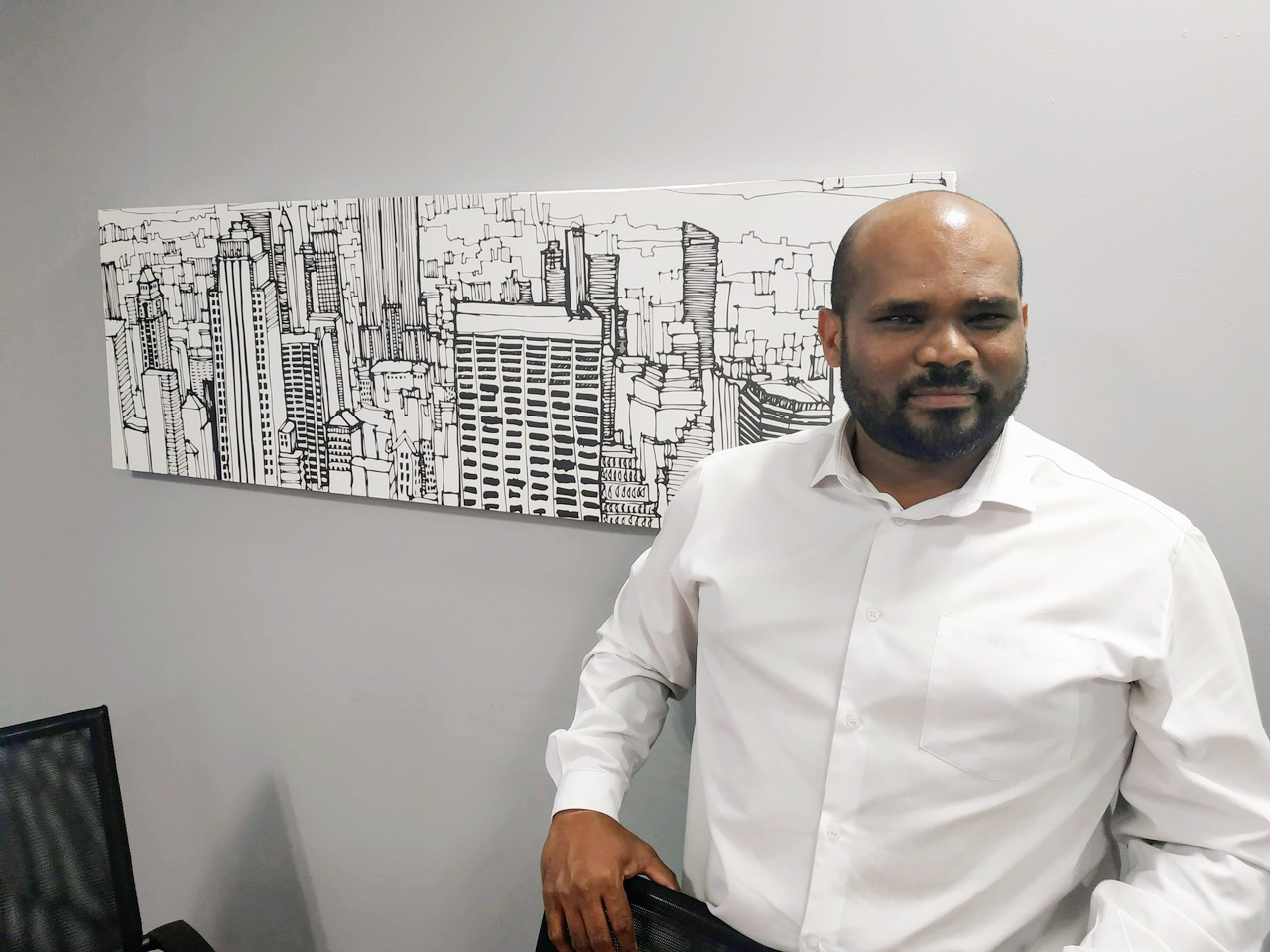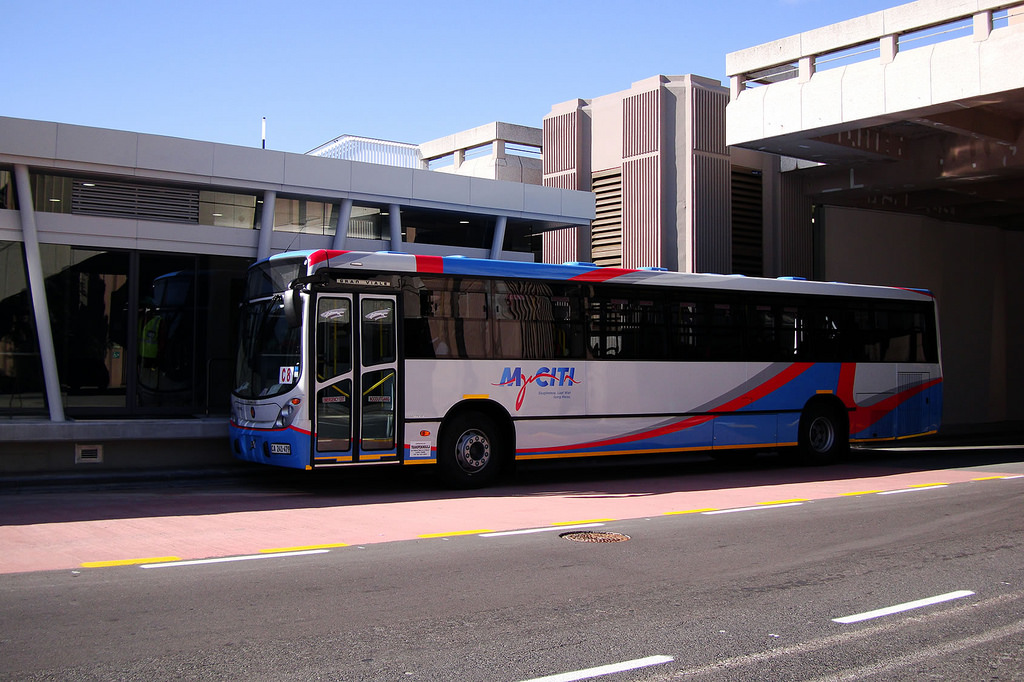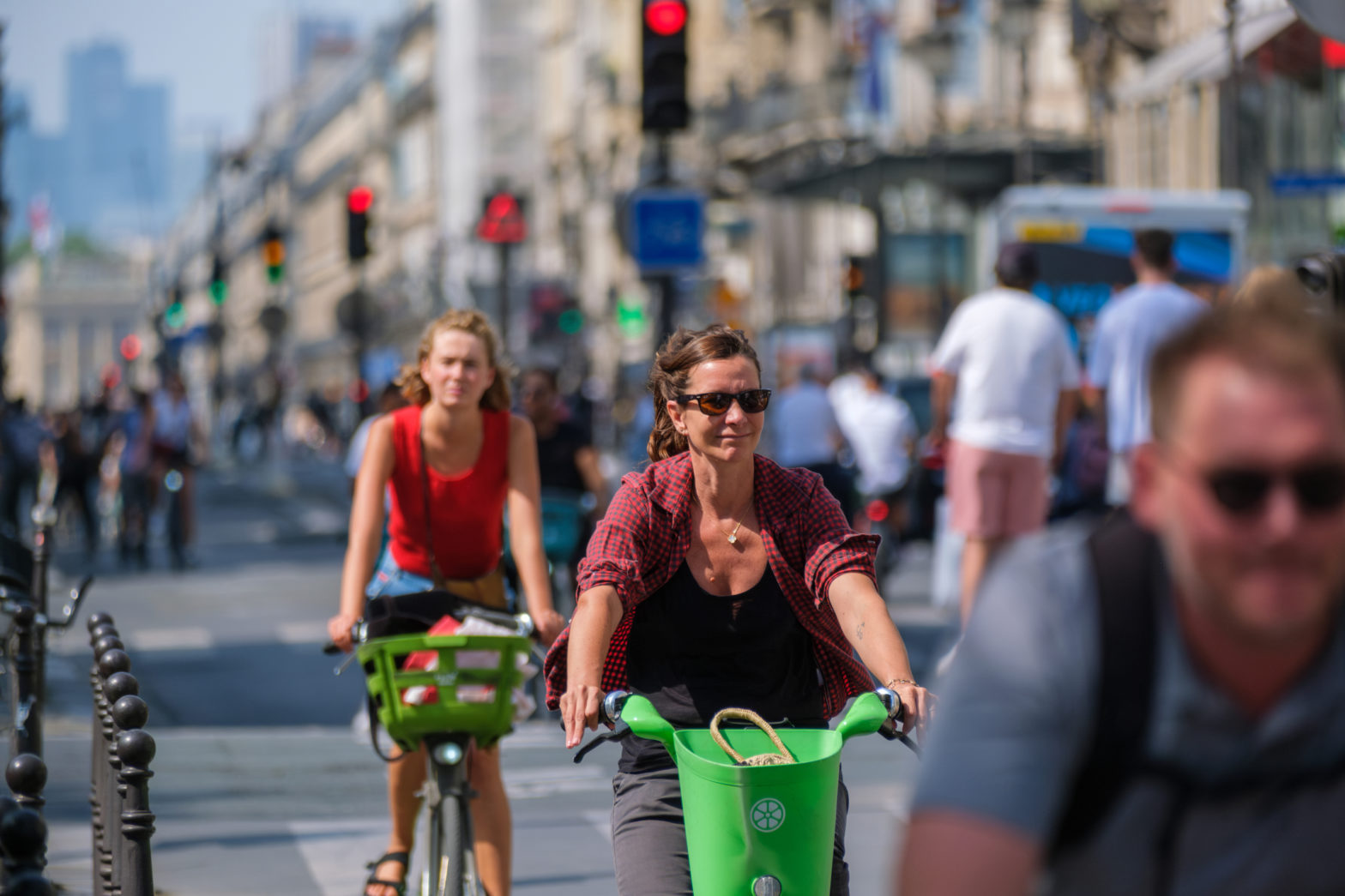
Photo: Gilbert-Sopakuwa
Cape Town: getting transport back on track
07 May 2019
by Jonathan Andrews
Jonathan Andrews reports from Cape Town as the city prepares to undertake the second phase of its BRT expansion
Two years ago Gershwin Fortune bought his house in Thornton, a leafy suburb in the south of Cape Town, specifically because it was next to a train station.
“I can see [the station] from my house and from there I should be 20 minutes to everywhere I need to be,” he says.
But years of poorly secured assets, vandalism and a lack of maintenance have led to a steady decline in the railway system. Fortune, like many Cape Town commuters, has been forced to drive to his office as he “can’t be hours late to work every day”.
The decline in the railways–with train numbers in the local fleet also falling from 88 to 50–has made travelling by rail an unrealistic option for many. However, Fortune, as Acting Commissioner of Cape Town’s Transport and Urban Development Authority (TDA), has already demonstrated that he is prepared to tackle the problems head on.
Although he is not directly responsible for the railways, which fall under the control of national government, Fortune, along with the provincial government of the Western Cape, took the drastic measure in 2018 of stepping in to increase security and enforcement on the railways to try and preserve the network’s assets. This has helped slow its decline, says Fortune, but he now has his eye on a bigger prize.
He reveals that his department is launching a study to investigate a greater role for the city to take over the operations of the rail network.
“The biggest problem is the institutional arrangements over functions within transport,” he says. “When you devolve all these functions to a local authority, that is when you are going to get transformative change within transport.”

Fortune’s department has issued a tender to investigate whether rail can be devolved to the city. Business plans would then be prepared and submitted to the city council, which could decide whether to take over the railway or to seek other options. Other South African cities are watching developments closely.
Fortune sees rail as a backbone of the city’s transport into which other networks–such as Cape Town’s bus rapid transit (BRT) system MyCiTi–can feed.
“There is a tendency to say, ‘Gershwin, forget about rail, it is declining, why don’t you just put MyCiTi parallel to rail and build?’” he explains. “But that is not the thing to do. Irrespective of how poor rail is, BRT will never be able to outperform it.”
He reels off the statistics that support his argument, saying that BRT in Cape Town comfortably carries 6,000 to 9,000 passengers per hour, but rail can carry 30,000.
That is not to say Cape Town’s efforts are entirely focused on rail. Opened in time for the 2010 FIFA World Cup, MyCiTi has since expanded across the city.
“The World Cup absolutely helped Cape Town in transport infrastructure,” he says. “The city back then had a public transport plan and we used the World Cup as a catalyst to accelerate that. We didn’t want that operational plan to be around interim improvements.”
Looking out from his high-rise office in downtown Cape Town, Fortune points out the economic development brought about by the introduction of BRT.
“Just by taking a walk around here, you can see there are new buildings going up all over. That is a sign that when you invest in public transport, the private sector will be more confident and invest,” he says.
He adds that this is not only occurring in the city centre but in new developments on the west coast where flats are advertised specifically mentioning their proximity to a MyCiTi bus stop.

The next phase, 2A, of MyCiTi’s extension will begin this year with an investment of 7 billion rand (US$500 million)–backed by the World Bank–for a new interchange in the north of the city where 26 kilometres of dedicated lanes and 47 stations will see buses carry 13,300 passengers an hour. This phase should be completed by 2024.
Fortune is mindful that a complete BRT network that reaches the entire city would take until 2060 so other improvements need to be undertaken in the meantime.
“If I go to a meeting and an official from one part of the city asks me when MyCiTi is reaching them and I say by 2048, they’ll laugh at me,” he says. “We can’t wait that long.”
In the interim the city will reorganise the current network to try and employ the concept of BRT through a rationalisation project–including painting bus only lanes–which will start this year.
“Then, when BRT comes, we build the infrastructure and the existing system pops into place,” he explains.
The city’s spatial development plan and transport plan go hand in hand and are the foundation for Cape Town’s roads and public transport projects. Everything must link into the plan, whether it be financing or technology, for projects to be undertaken.
Tailoring the solution
One component that Fortune wants to place more attention on is the informal transport network. He notes that previously there was a misconception that the minibus and informal taxi industry would be replaced by the formal network but he is adamant that this should not be the case.
“In our city and developing cities in Africa, we need to look at how you incorporate [informal modes] into the network,” he says. “For me that is going to be the critical last piece of the puzzle. Then the city can claim that we have good quality public transport that is appropriate for our conditions and our context.”
Understanding these unique African city challenges was one insight he picked up from his experience at the World Bank. A city transport veteran, Fortune has served the Cape Town transport department for 19 years. He took a one-year placement in 2016 to work for the World Bank where he honed his skills and gained a broader picture on the debates surrounding public transport.
“African cities are very different in terms of transport. I knew that in theory, but I got exposed to that working with the World Bank as I started engaging with my colleagues in South America and elsewhere,” he says.
When he returned to Cape Town he knew then that his department could not simply look for off-the-shelf solutions. His experience at the bank gave him the opportunity to see different types of answers from all over the world.
“Now, I have this toolkit of solutions,” he explains. “We have to see which one fits best and how to put the narrative together to solve the problem.”
The second thing he learnt is that public transport is always going to cost no matter how much revenue is coming in. Subsidies still need to be part of the equation.
“All around the world that is nothing new, bar two or three countries that have innovative funding,” he says. “If you want to deliver public transport you need to have a financially sustainable model that looks at various sources.”
He freely admits that this is one area where Cape Town can improve, in particular for land value tax as the MyCiTi extension gets underway.
Although the Transport and Urban Development Authority is mostly funded by national grants, plus some provincial government funds and local taxes, Fortune is exploring new avenues of funding, although he emphasises that this must fit into the city’s plan.
“Generally speaking development bank money comes with lots of conditions,” he cautions. “That is if it is a [green] bond, for example, you must use this-and-this technology, and I am really against that. The city has a plan and if you want to fund our plan, you fund our plan and include capacity building. Don’t come [here just] to fund the technology!”
Fortune champions his own staff and local teams. He is “blessed” he says–relative to other South African cities–in terms of the number of road engineers, transport planners and modellers he has at his disposal. The world-renowned Stellenbosch University–from which Fortune is a graduate–is close to Cape Town.
“However, if you look at the needs and where we should be we are understaffed,” he adds. “To do all these projects we need more.”
To get the right staff Fortune says that the city has created a strong “brand” by developing MyCiTi, which means he always gets good people applying.
“We also spend a lot time in developing our staff,” he adds. “We are doing exciting, cutting-edge stuff and people want to be a part of that.”
So much so that the department was able to lure a new director from a major consulting firm to work on Phase 2A delivery of MyCiTi. Again, he emphasises the plan and high quality public transport that the city is investing in.
“If we are ever going to become a world-class city, and we are going to get there, there needs to be a critical base foundation and the transport network is that foundation. The next phase will enable us to accelerate to get there.”
Fortune is convinced that transport can help unleash the economic development that will drive Cape Town into the first rank of global cities. A measure of that success will be the day when he can finally take the train to the office.








